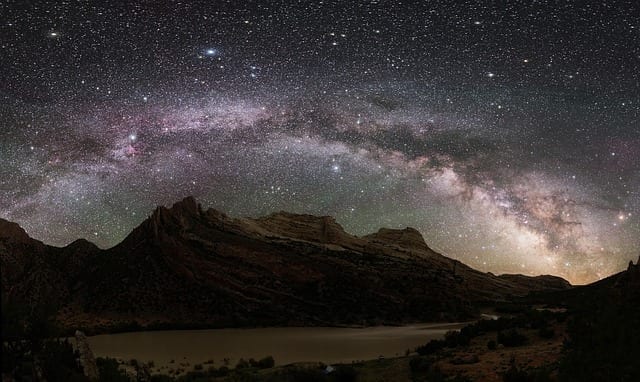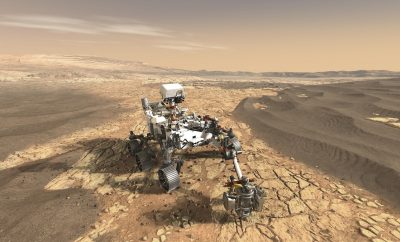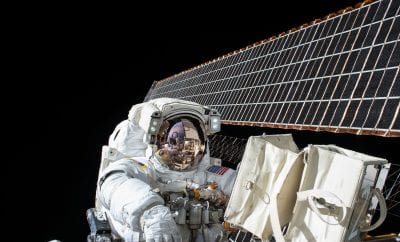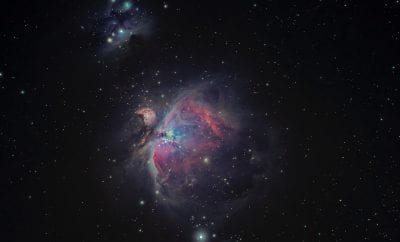
News
NASA’s Newest Spacecraft will Explore the Galaxy in Search of Undiscovered Planets
We are in an exciting time during the age of space exploration, as NASA launches a new exoplanet hunter that will be search for previously unknown worlds. Known as the Transiting Exoplanet Survey Satellite, or TESS for short, the futuristic spacecraft will venture out into the cosmos to discover potentially life-harboring planets. TESS lifted off from Cape Canaveral Air Force Station, and separated from it rocket ride after a 49 minute launch.
TESS is taking over as NASA’s old exoplanet hunter, Kepler, runs out of fuel in the coming months. While Kepler’s goal was to simply locate exoplanets (which it was very successful in), TESS will be searching for planets closer to stars similar to Earth in composition, allowing for NASA researchers to study whether these planets are capable of supporting life.
 Over the next two years, TESS will scan over 200,000 nearby stars, and look for the telltale dimming that displays evidence of exoplanets. This occurs when an exoplanet, which is incredibly difficult to spot, continues its orbit in front of its star, resulting in telescopes being able to determine the size and composition of the celestial body. From there, TESS will analyze whether these exoplanets are small and mostly rocky, similar to that of Earth. One of the exciting aspects about TESS is that it will be capable of scanning a field of view that is 400 times bigger than Kepler, allowing for a more accelerated research process.
Over the next two years, TESS will scan over 200,000 nearby stars, and look for the telltale dimming that displays evidence of exoplanets. This occurs when an exoplanet, which is incredibly difficult to spot, continues its orbit in front of its star, resulting in telescopes being able to determine the size and composition of the celestial body. From there, TESS will analyze whether these exoplanets are small and mostly rocky, similar to that of Earth. One of the exciting aspects about TESS is that it will be capable of scanning a field of view that is 400 times bigger than Kepler, allowing for a more accelerated research process.
TESS will utilize four cameras, and will focus on just one patch of the sky for a total of 27 days before moving on to the next patch. The types of worlds that TESS will most likely find are those that are orbiting small stars called red dwarfs, which are quite abundant throughout the galaxy. Since red dwarfs emit much less energy than our sun, these planets will orbit these stars much closer, meaning a year in our time on these planets would only last a dozen or so days.
Sara Seager, a planetary scientist at MIT and deputy science director for TESS, told The Verge, “They’re not going to be Earth-like, but what’s so interesting is that we don’t really know what we’re going to find.” She says she is also excited at the possibility of discovering super-Earths, which are strange in-between planets that are two to three times the size of Earth, while still maintaining a rocky composition.
When NASA’s next big space observatory, the James Webb Space Telescope, comes online, astronomers will be able to make use of its powerful telescopes to actually peer into the atmosphere exoplanets discovered by TESS. However, the James Webb Telescope is set to launch in 2020, so we have a little bit of time before we can do such things. In the meantime, be on the lookout for a wide range of newly discovered planets by TESS. Soon, we will have an extensive catalogue of new planets that will be the focus of future studies.





0 comments